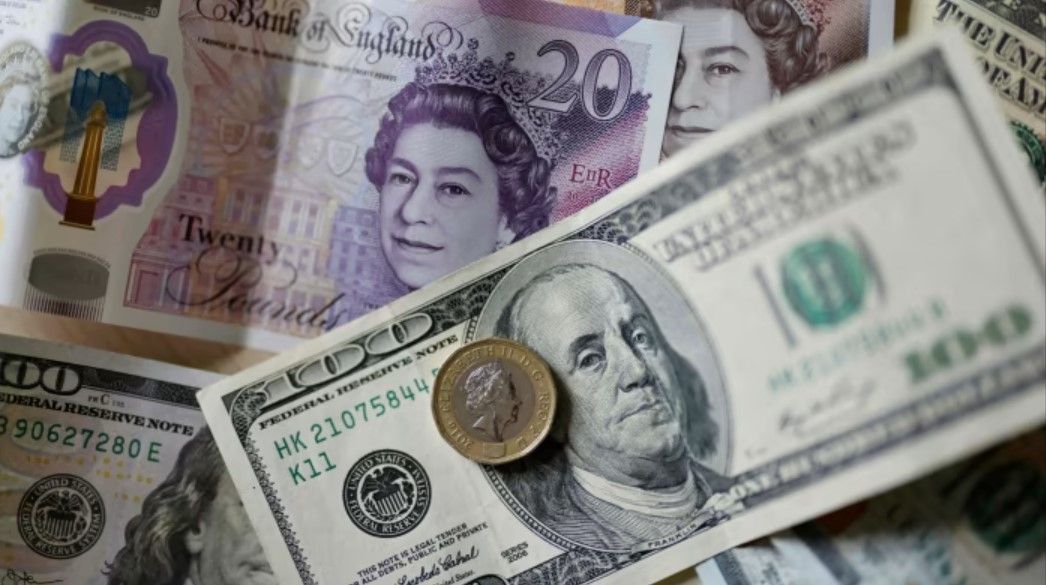FXOpen

Good data on the labour market in the United States and the continuous rise in inflation for several months are helping to reduce experts’ expectations about a change in the vector of monetary policy in the United States. Recent comments from the head of the Federal Reserve confirm the fears of market participants. At a speech at the Wilson Center in Washington on Tuesday, Jerome Powell said: "More confidence will be needed that inflation is moving sustainably toward 2 percent before it is appropriate to ease policy." Such statements undoubtedly should have supported the US currency, but judging by the movement of the major currency pairs, dollar buyers simply need a little respite.
GBP/USD
At the beginning of the current five-day trading period, quite diverse statistics came from the UK:
- in February, the unemployment rate increased to 4.2% against the forecast of 4.0%
- the level of average wages rose to 5.6% versus 5.5%
- the consumer price index for March was also higher than forecast (3.2% versus 3.1%)
Such indicators allowed pound buyers to find and test support at 1.2400.
According to technical analysis for GBP/USD (Japanese candlesticks) on the daily timeframe, we have a bullish engulfing combination. If the price fixes above 1.2480, a corrective pullback for the pair may extend to 1.2540-1.2520. A refresh of the recent low could lead to the start of a new downward impulse in the direction of 1.2330-1.2280.
USD/JPY
Judging by the sharp strengthening of the USD/JPY pair, the Japanese regulator is in no hurry with currency interventions. The USD/JPY pair slowed its uptrend just below 155.00.
According to the technical analysis of USD/JPY, a bullish harami combination (Japanese candlesticks) is being formed on the daily timeframe. If this formation receives confirmation, the pair may correct to 153.20-152.60.
In case of a break at 154.70, the pair may strengthen to the nearest round marks at 157.00-156.00.
Trade over 50 forex markets 24 hours a day with FXOpen. Take advantage of low commissions, deep liquidity, and spreads from 0.0 pips. Open your FXOpen account now or learn more about trading forex with FXOpen.
This article represents the opinion of the Companies operating under the FXOpen brand only. It is not to be construed as an offer, solicitation, or recommendation with respect to products and services provided by the Companies operating under the FXOpen brand, nor is it to be considered financial advice.
Stay ahead of the market!
Subscribe now to our mailing list and receive the latest market news and insights delivered directly to your inbox.








